Popular
Arts & Crafts Architecture and Design
Craftsman Home Style Guide
Identify the authentic elements of your Craftsman or Arts & Crafts home to better understand the details that create its cozy and charming character.
Whether you own a classic bungalow or a stone cottage, this guide will help you preserve and enhance your home's unique historic charm—or capture it anew through restoration.
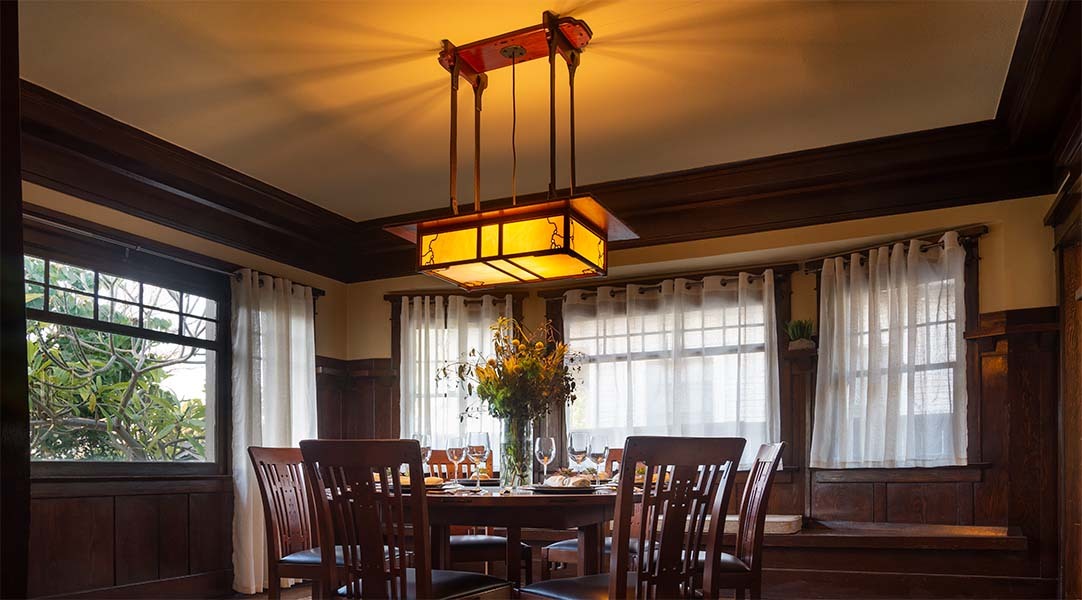

Origins
First things first: Arts & Crafts isn’t technically a style. Rather, it was a philosophical movement that collected a variety of styles under its umbrella at a specific point in history.
The Arts & Crafts movement emerged as a passionate response to industrialization and mass production in the late 19th century. British designer William Morris championed a return to handcraftsmanship, honest materials, and designs inspired by nature—rejecting what he called the "soulless" manufactured goods of Industrial-Revolution-era England. You may know his oft-repeated maxim:
“Have nothing in your houses which you do not know to be useful or believe to be beautiful.”
When this philosophy reached American shores, it found fertile ground with Gustav Stickley, Elbert Hubbard, and the Roycroft community in New York State, who adapted these principles to create what we now recognize as Craftsman style in the United States. Between 1900-1930, this democratic approach to design transformed American homes, emphasizing handcrafted simplicity, utility, and connection to natural materials.
A Craftsman home represents more than an architectural style—it embodies the Arts & Crafts philosophy that values the human touch in every detail, from hand-sanded woodwork to leaded glass windows. If you own a Craftsman—or love its variety of expressive styles—this commitment to authenticity and quality deserves to be honored in every element of your home.
Key Architectural Features
Exterior Elements
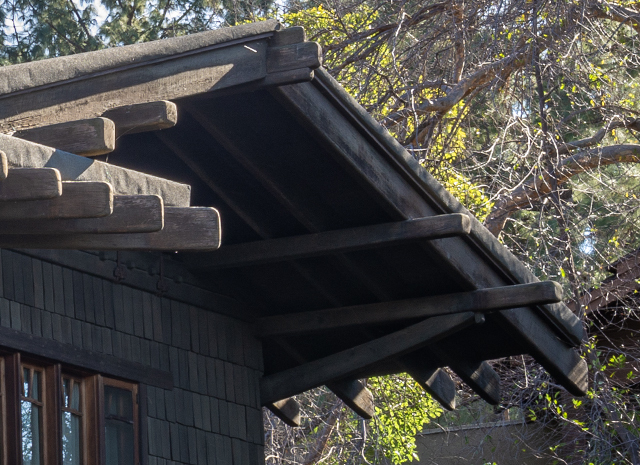
Exaggerated Roof
Low-pitched rooflines with wide eave overhangs and exposed rafter tails create deep shadows.
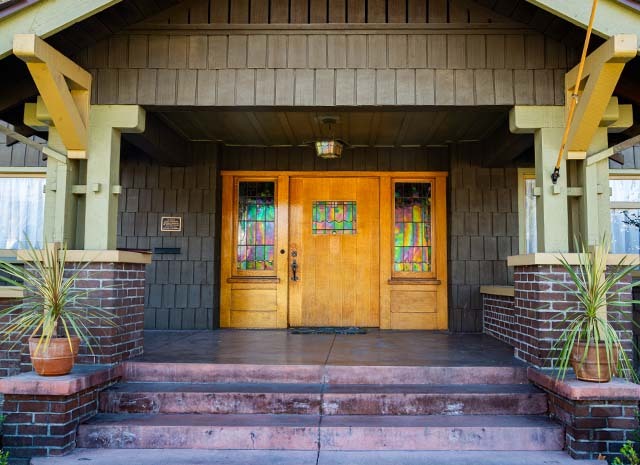
Substantial Porch
Front porches often feature heavy squared or tapered columns on a base of stone or brick.
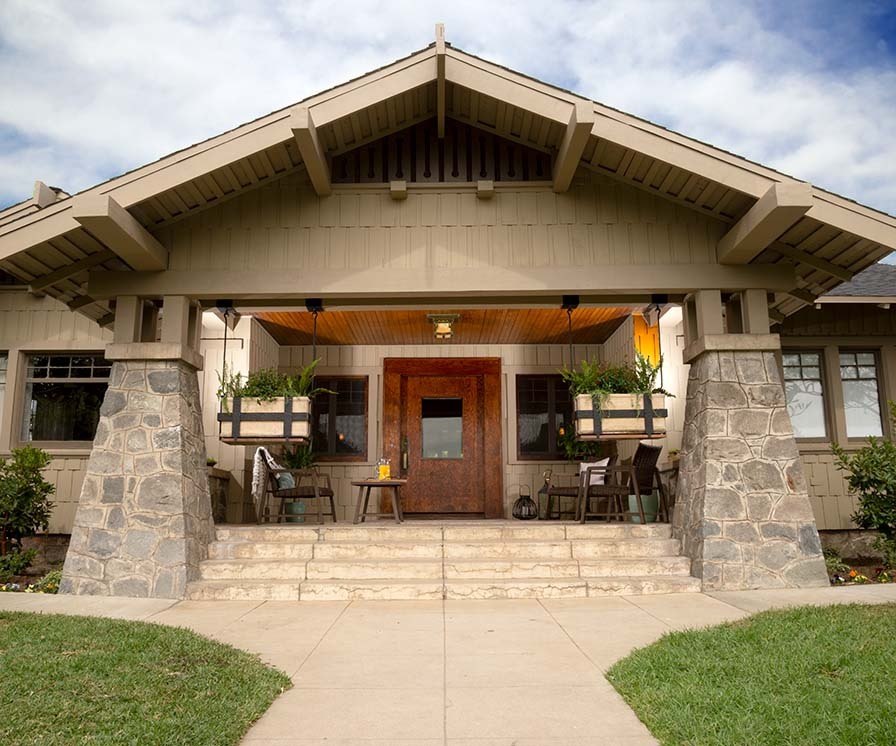
Natural Materials
Natural materials like wood shingles, stone and earth-toned brick abound from local sources (leading to regional variations in the look of a home).
Interior Elements
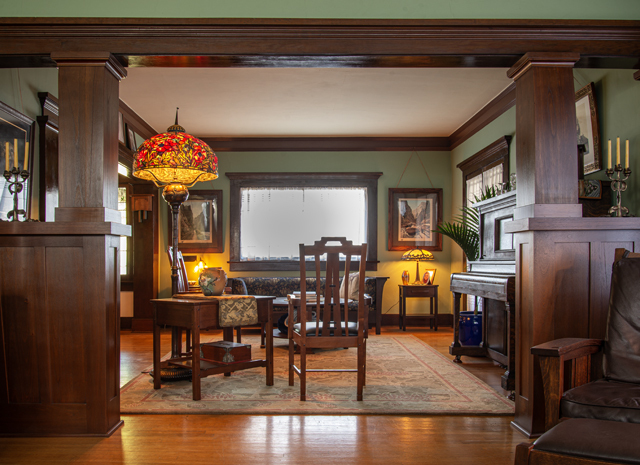
Room Dividers
Interconnected rooms are often defined by pony walls with colonnade entryways.
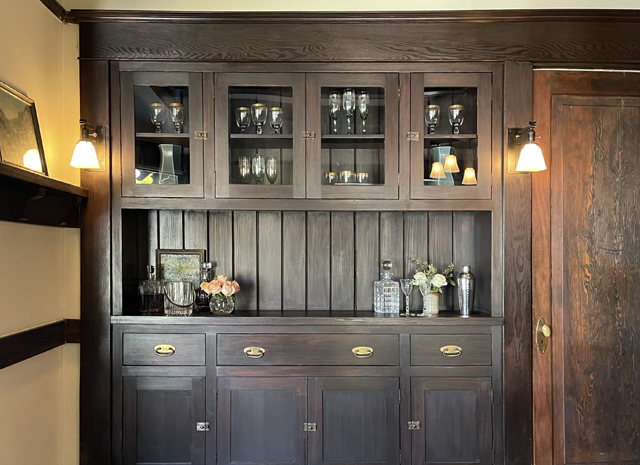
Built-In
Cabinetry, bookcases and window seats are part of the structure to maximize function and minimize clutter.
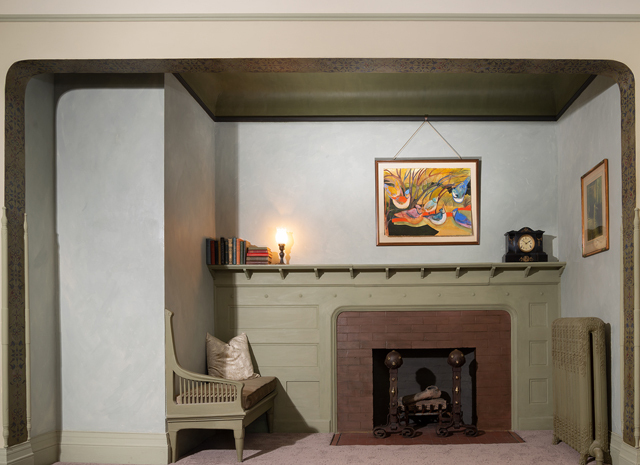
Inglenooks
Fireplaces and integrated seating are recessed into natural gathering spaces for cozy conversation.
Regional Variations
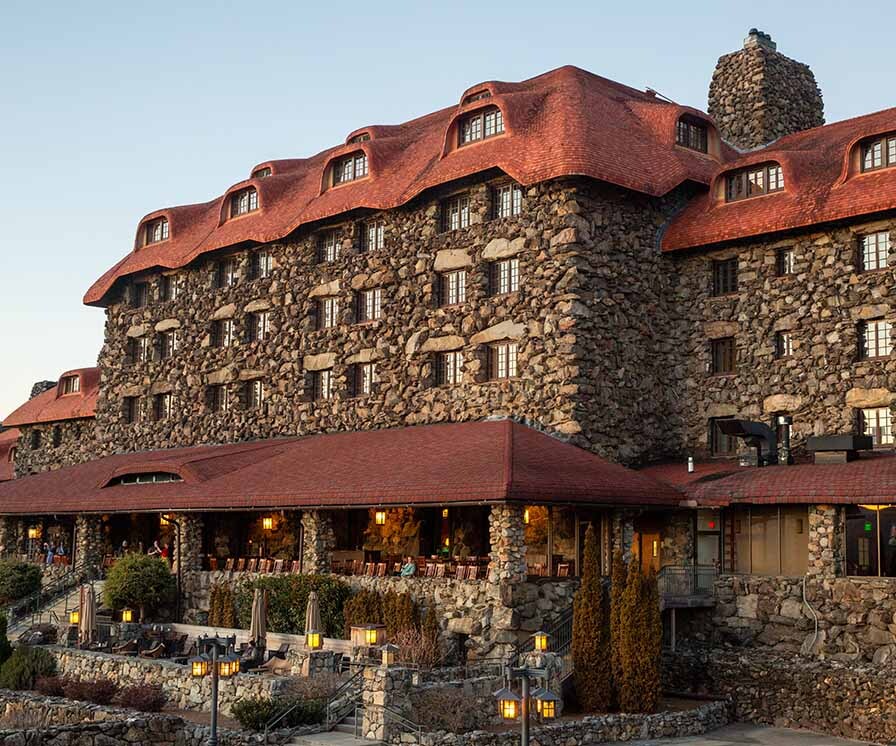
The East Coast
Heavily influenced by the Roycrofters out of New York State, Arts & Crafts homes on the East Coast might showcase evidence of earlier Colonial styles in their use of brick. More commonly, others have a rustic look built entirely from local stone and timber.
Pictured is the famed Grove Park Inn in Asheville, North Carolina, an enduring example of classic Arts & Crafts architecture on the East Coast. During their centennial restoration project they trusted us at Old California to create period-perfect lighting in their iconic look.
Search out Gustav Stickley's Craftsman Farms for another shining example of this style on the East Coast.
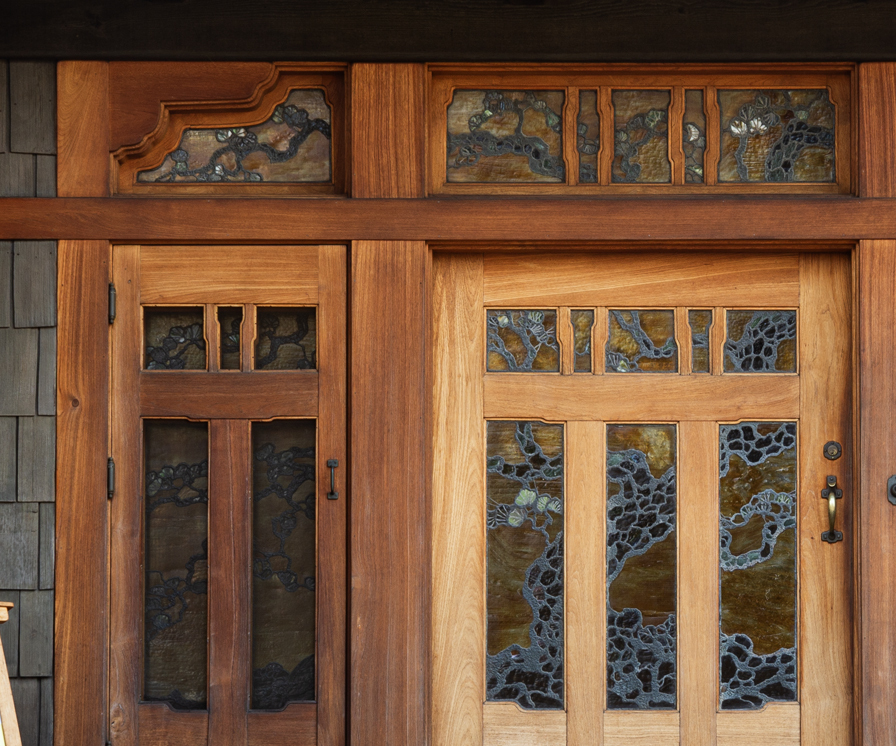
Pasadena, California
Pasadena, California was growing rapidly at the turn of the 20th century. Charles & Henry Greene, brothers inspired by Japanese architecture they had seen at an exhibition in 1904, began incorporating those ideas into the homes they were building for wealthy clients.
A distinctly California Craftsman style emerged in their work, often considered the pinnacle of Arts & Crafts design on the West Coast.
The best preserved home built by the brothers is the Gamble House, which is regularly open for tours.
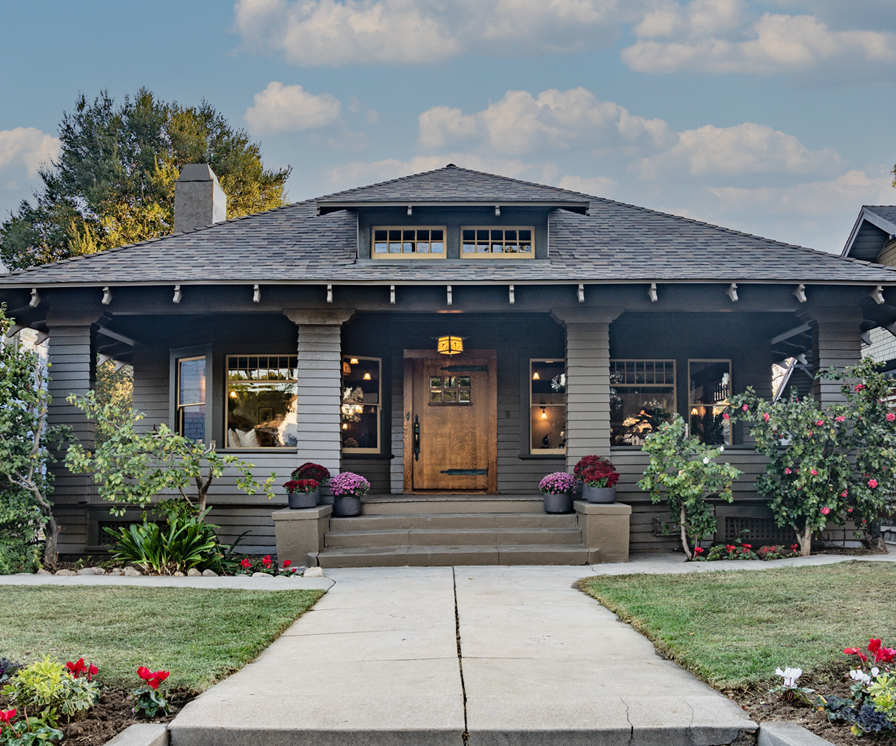
The West Coast
Sparked by the grand designs of the Greene Brothers in California, the modest bungalow brought their vision to a cozier scale. They feature low-slung rooflines, spacious porches and indoor-outdoor connections to take advantage of the mild California climate.
Popularized through bungalow court developments, this style of house spread quickly up the coast and into the western region of the Rockies.
Expert Insights

When choosing lighting for these homes, remember the original fixtures were designed within the same ethos as the architecture in Arts & Crafts homes. It should create a seamless narrative using organic materials like wood and colored glass that further enhance the cozy nature of the interiors. The connection to nature and the celebration of thoughtful handcraftsmanship in the lighting echo how these homes were built.
Interior Design Elements
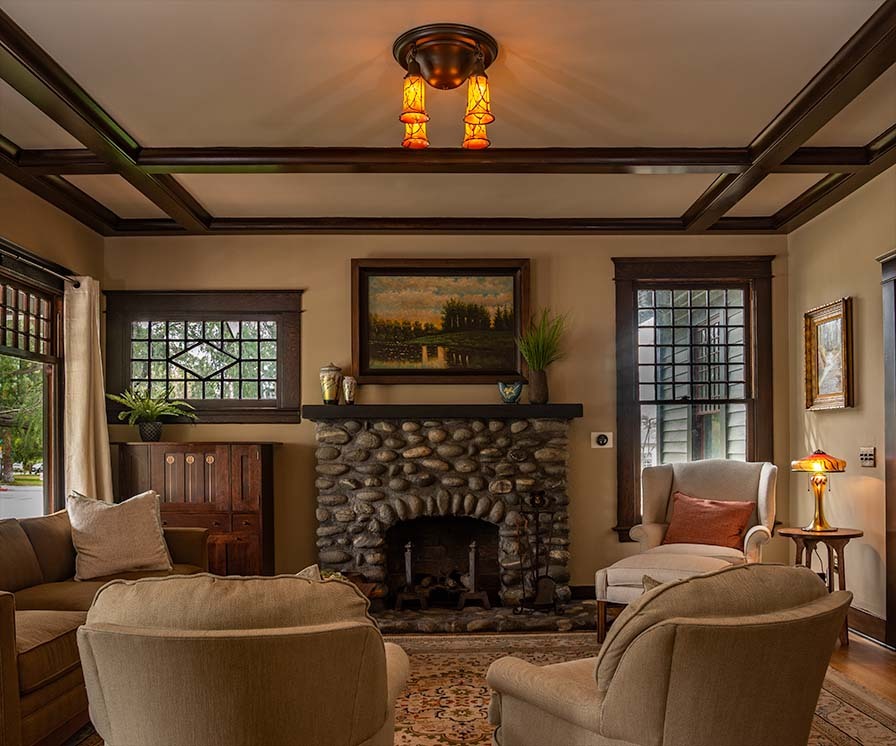
Materials and Finishes
- Natural woodwork, typically quarter-sawn white oak with visible grain patterns
- Warm, earthy color palettes drawn from nature: moss greens, copper browns, amber yellows
- Hammered copper, bronze, and wrought iron hardware with evidence of imperfections to show their handcrafted nature
- Art glass windows and cabinet doors featuring geometric or stylized nature motifs
- Natural stone fireplaces, often river rock or local fieldstone
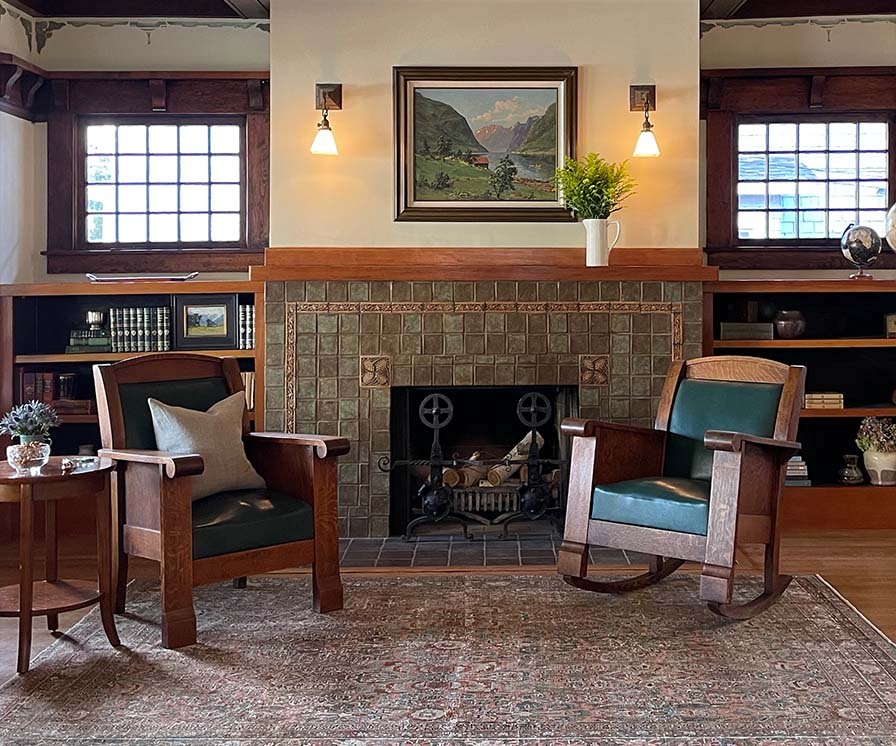
Furniture and Textiles
- Rectilinear furniture with visible joinery and minimal ornamentation
- Comfortable, functional designs emphasizing clean lines and honest construction
- Handwoven textiles with botanical patterns or abstract geometric designs
- Leather upholstery with visible stitching and natural grain
- Handcrafted ceramics, baskets, and decorative arts showcasing artisan techniques
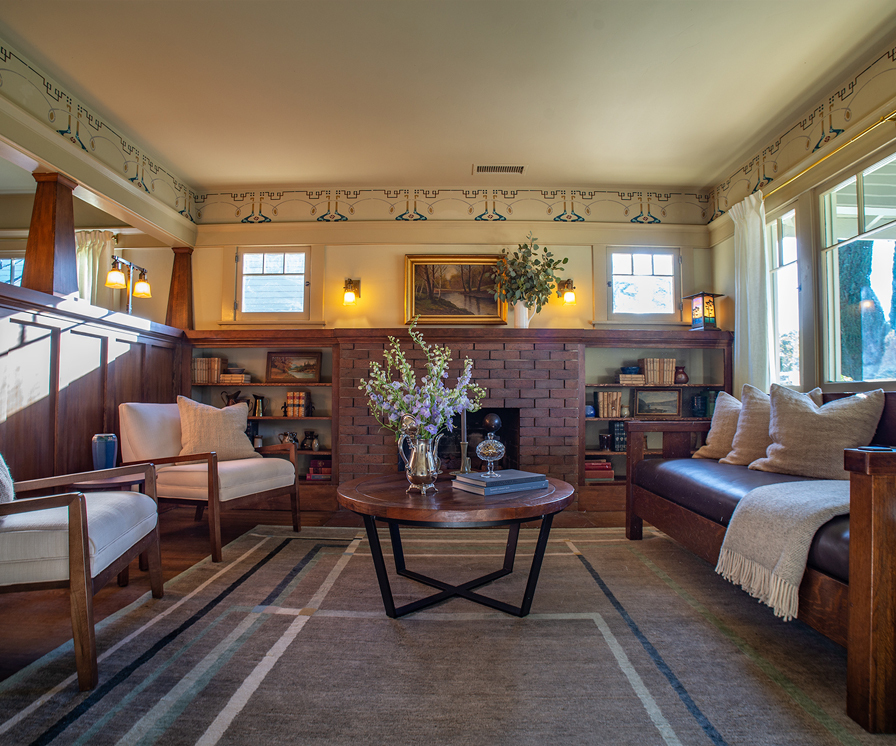
Room Arrangements
- Layouts that encourage family gathering and social interaction
- Built-in seating and storage that maximize function while minimizing clutter
- Defined public and private spaces with thoughtful transitions between areas
- Strong connection to outdoor spaces through porches, terraces, and garden views
- Deliberate sightlines that frame architectural features and nature views
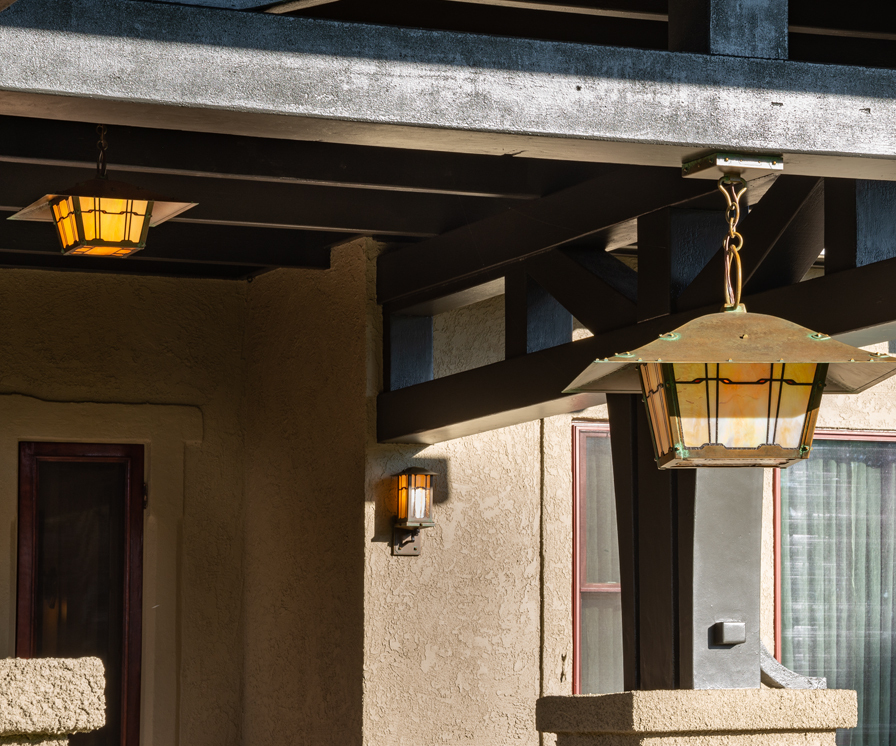
Now You Know
Shop Arts & Crafts Style for Your Home
Now that you understand some key elements of Craftsman architecture and design across the spectrum, you're ready to enhance your historic home with authentic period details. Begin by identifying your home's specific style, then select lighting, hardware, and furnishings that complement its unique character.
Remember, these spaces celebrate honest materials, visible craftsmanship, and a connection to nature—principles that should guide design decisions in your historic home journey.
Famous Buildings from the Arts & Crafts Era
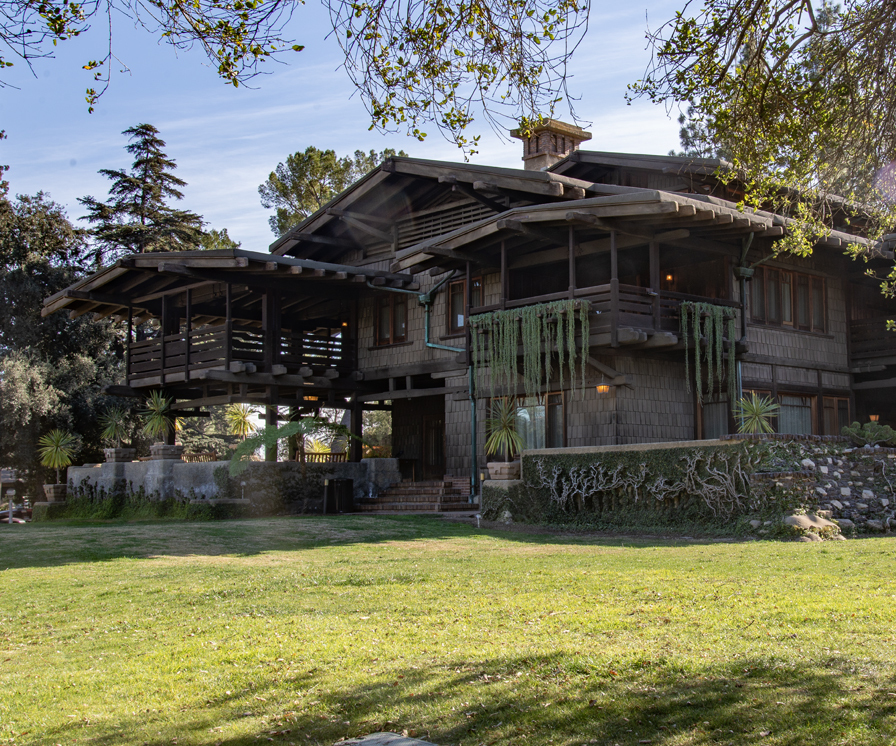
The Gamble House
The iconic Pasadena home by Charles & Henry Greene has been preserved over decades for public viewing and tours. It serves as the on-screen home of Doc Brown in the movie Back to the Future.
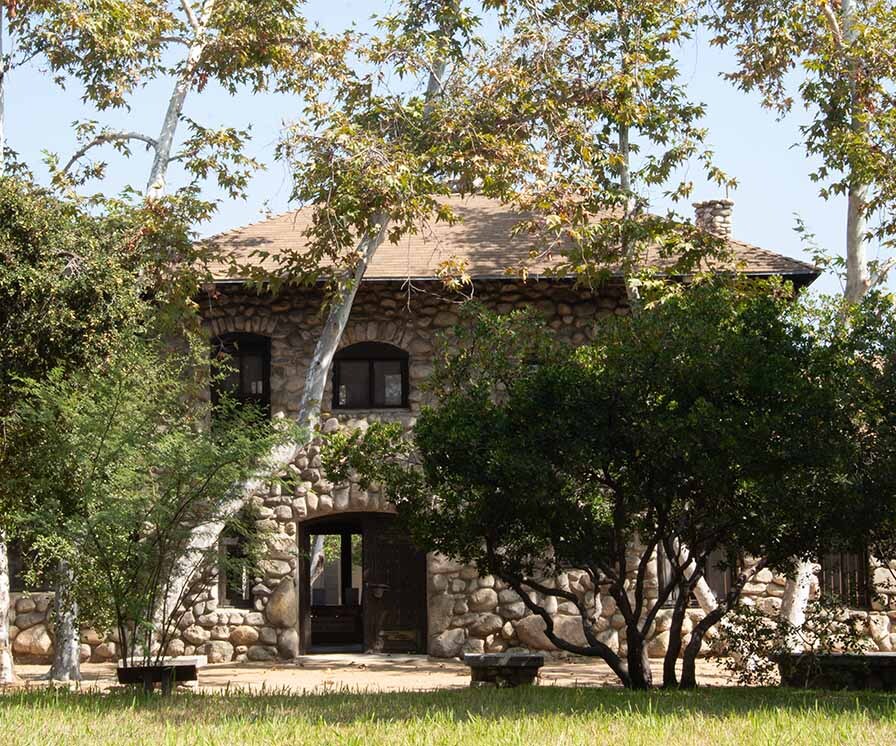
El Alisal
Also called Lummis Castle, it's the Los Angeles home of an eccentric journalist and playboy devoted to documenting and preserving the culture of the American Southwest.
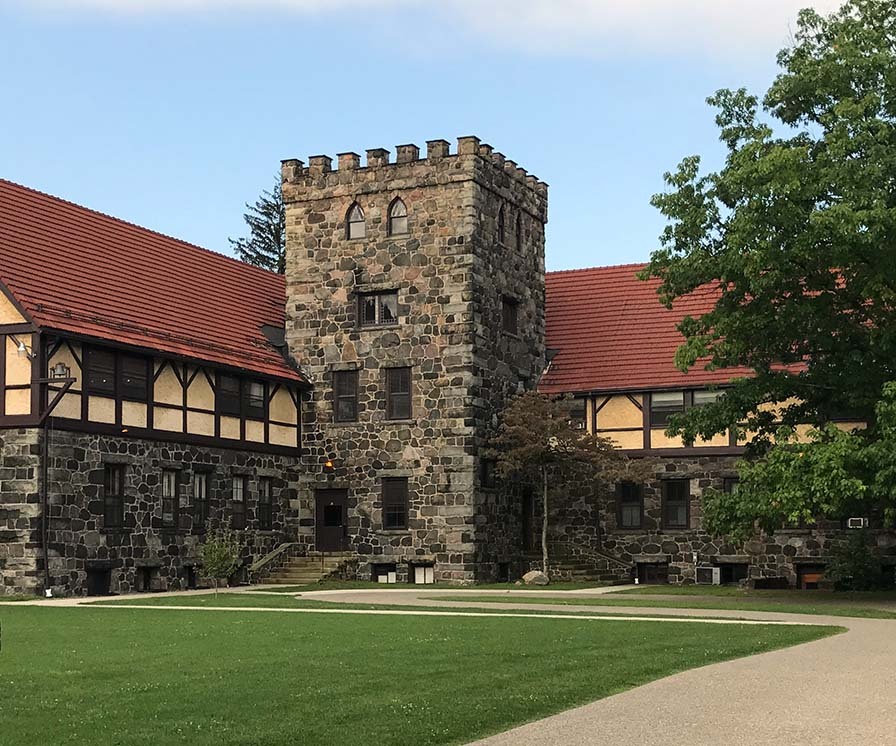
The Roycroft Campus
Home of the famed Roycroft Shops, this campus in East Aurora, New York, boomed at the turn of the 20th century. A devoted group of artisans have revitalized the movement.
 800.577.6679 or 714.771.5223 (Canada)
800.577.6679 or 714.771.5223 (Canada)